Home>Home Maintenance>What Is A Continuous Ventilation System


Home Maintenance
What Is A Continuous Ventilation System
Modified: March 6, 2024
Discover the benefits of a continuous ventilation system for your home maintenance needs. Improve indoor air quality and reduce mold and moisture issues with this effective solution.
(Many of the links in this article redirect to a specific reviewed product. Your purchase of these products through affiliate links helps to generate commission for Storables.com, at no extra cost. Learn more)
Introduction
Welcome to this comprehensive guide on continuous ventilation systems. In today’s fast-paced world, where we spend a majority of our time indoors, it is important to ensure that our homes are well-ventilated. Proper ventilation not only helps maintain a comfortable living environment but also has a significant impact on our health and well-being. One effective solution to achieve continuous and adequate ventilation is by installing a continuous ventilation system.
A continuous ventilation system is designed to provide a constant flow of fresh air into your home while simultaneously expelling stale air. It operates 24/7, ensuring that your indoor air quality remains clean and healthy. This article will delve into the various aspects of a continuous ventilation system, including its definition, working principles, benefits, types, installation, and maintenance.
By the end of this article, you will have a thorough understanding of continuous ventilation systems and be equipped to make an informed decision about implementing one in your own home. So, let’s dive in and explore the world of continuous ventilation systems!
Key Takeaways:
- Continuous ventilation systems provide a constant flow of fresh air, improving indoor air quality, controlling moisture, and reducing energy costs for a healthier and more comfortable living environment.
- When choosing a continuous ventilation system, consider factors like building size, air quality needs, climate, and maintenance requirements to ensure optimal performance and long-term cost-effectiveness.
Read more: What Is Continuous Insulation
Definition of a Continuous Ventilation System
A continuous ventilation system is an HVAC (heating, ventilation, and air conditioning) system that works constantly to provide a steady flow of fresh air into a building or a specific area. Unlike intermittent ventilation systems, which operate sporadically, continuous ventilation systems work continuously to maintain optimal indoor air quality.
The primary purpose of a continuous ventilation system is to ensure that indoor air is constantly exchanged with outdoor air. By doing so, it helps to remove pollutants, allergens, excess moisture, and stale air from the indoor environment. The fresh air that is brought in is filtered to prevent the entry of pollutants, such as dust, pollen, and outdoor pollutants.
Continuous ventilation systems are typically comprised of a network of ducts and fans. The fans draw in fresh air from the outside and distribute it throughout the building, while simultaneously expelling stale air. Some systems also incorporate heat recovery mechanisms that recover the heat from the stale air being expelled and transfer it to the incoming fresh air, reducing energy consumption.
These systems are designed to operate silently, providing a constant supply of fresh air without causing any disruption or noise pollution. Additionally, continuous ventilation systems are often equipped with sensors and controls that allow homeowners to regulate the airflow and customize the operation based on their specific needs and preferences.
It’s important to note that continuous ventilation systems can be integrated into both residential and commercial buildings. They are especially beneficial in areas where outdoor air quality is poor, or in buildings that are tightly sealed for energy efficiency. By constantly exchanging indoor air with fresh outdoor air, continuous ventilation systems help maintain a healthy and comfortable living or working environment.
Now that we have a clear understanding of what a continuous ventilation system is, let’s explore how it works and the benefits it provides.
How a Continuous Ventilation System Works
A continuous ventilation system operates through a combination of mechanical components and controls to maintain a constant flow of fresh air into a building while expelling stale air. Let’s dive into the working principles of a continuous ventilation system:
1. Intake of fresh air: The system typically consists of an intake vent or duct that is strategically positioned to draw fresh outdoor air. The location of the intake is crucial to ensure the entry of uncontaminated air and to avoid picking up pollutants or odors from nearby sources.
2. Filtration: The fresh outdoor air passes through filters designed to trap dust, pollen, allergens, and other airborne particles. This filtration process helps to improve indoor air quality by preventing the entry of pollutants.
3. Distribution: Once the outdoor air is filtered, it is distributed throughout the building using a network of ducts. The duct system ensures that every room or area receives an adequate supply of fresh air.
4. Stale air expulsion: Simultaneously with the intake of fresh air, the system expels stale air from the building. This is usually achieved through exhaust vents or ducts strategically placed in areas such as bathrooms, kitchens, and laundry rooms, where moisture and pollutants tend to accumulate.
5. Rebalancing: To maintain a balanced airflow, continuous ventilation systems employ controls that monitor the indoor air pressure and adjust the fan speeds accordingly. This helps to prevent excessive or inadequate airflow, ensuring optimal ventilation throughout the building.
6. Energy recovery: Some continuous ventilation systems incorporate heat recovery mechanisms, such as heat exchangers or energy recovery ventilators (ERVs). These devices capture the heat from the outgoing stale air and transfer it to the incoming fresh air. As a result, the system can recover a significant amount of energy, reducing heating and cooling costs.
By constantly cycling fresh air into the building and expelling stale air, a continuous ventilation system helps to maintain a healthy and comfortable indoor environment. It effectively removes pollutants, excess moisture, and odors, ensuring optimal indoor air quality at all times.
Now that we know how a continuous ventilation system works, let’s explore the numerous benefits that it offers.
Benefits of Using a Continuous Ventilation System
Utilizing a continuous ventilation system in your home or workplace offers a wide range of benefits that contribute to a healthier and more comfortable indoor environment. Let’s take a closer look at the advantages of using a continuous ventilation system:
1. Improved Indoor Air Quality: Continuous ventilation systems constantly supply fresh outdoor air and expel stale air, ensuring a steady exchange of air. This process helps remove pollutants, allergens, and odors from the indoor environment, leading to cleaner and healthier air quality.
2. Reduced Health Risks: By removing air contaminants, such as dust, mold spores, and volatile organic compounds (VOCs), a continuous ventilation system helps reduce the risk of respiratory issues, allergies, and other health problems associated with poor indoor air quality. It creates an environment that is less likely to trigger asthma or allergies.
3. Moisture Control: Excessive moisture in the air can lead to the growth of mold and mildew, which can have negative effects on both the building structure and the health of its occupants. Continuous ventilation systems help control indoor humidity levels, preventing the accumulation of moisture and minimizing the potential for mold growth.
4. Temperature Regulation: Continuous ventilation systems can play a role in regulating temperatures within a building. By exchanging hot indoor air with cooler outdoor air, the system helps maintain a comfortable and consistent temperature, reducing the reliance on air conditioning or heating systems and lowering energy costs.
5. Energy Efficiency: Modern continuous ventilation systems are designed with energy efficiency in mind. Some systems incorporate heat recovery mechanisms that recover the heat from outgoing air and transfer it to the incoming fresh air. This heat exchange process significantly reduces energy consumption and helps to promote sustainable living.
6. Odor Control: The constant flow of fresh air provided by a continuous ventilation system helps to remove unpleasant odors from the indoor environment. By expelling odorous air and replacing it with fresh air, the system effectively eliminates stale or lingering smells, creating a more pleasant and inviting space.
7. Noise Reduction: Continuous ventilation systems are engineered to operate silently, ensuring a peaceful and quiet living or working environment. The absence of noise pollution makes these systems ideal for bedrooms, offices, and other areas where tranquility is highly valued.
8. Customizable Control: Many continuous ventilation systems offer controls that allow users to adjust the airflow rates, humidity levels, and other settings based on their preferences. This customizable control enables individuals to tailor the ventilation system to their specific needs and create a personalized indoor environment.
By incorporating a continuous ventilation system, you can enjoy these benefits and create a healthier, more comfortable, and energy-efficient living or working space. Now, let’s move on to exploring the different types of continuous ventilation systems available.
Types of Continuous Ventilation Systems
Continuous ventilation systems come in various types, each with its own features and suitability for different applications. Here are the most common types of continuous ventilation systems:
1. Exhaust-Only Systems: This type of continuous ventilation system relies on exhaust fans to remove stale air from the building. The fans are located in specific areas, such as bathrooms, kitchens, and laundry rooms, where moisture and pollutants tend to accumulate. As the stale air is expelled, fresh outdoor air naturally enters through cracks, leaks, or intentionally installed intake vents. Exhaust-only systems are relatively simple and cost-effective to install.
2. Supply-Only Systems: In contrast to exhaust-only systems, supply-only systems primarily focus on introducing fresh outdoor air into the building. This type of system utilizes fans to draw in fresh air from the outdoors and distribute it throughout the building. Stale air is naturally expelled through cracks, leaks, or exhaust vents. Supply-only systems are often used in buildings where keeping a positive air pressure is important, such as laboratories or clean rooms.
3. Balanced Systems: Balanced ventilation systems strive to achieve an equal amount of intake and exhaust airflow. This is typically accomplished by incorporating both intake and exhaust fans. These systems ensure a balanced exchange of fresh and stale air and are ideal for maintaining consistent ventilation throughout the building. Balanced systems often incorporate heat recovery mechanisms to improve energy efficiency.
4. Heat Recovery Ventilation (HRV) Systems: HRV systems are designed to recover and transfer heat from the outgoing stale air to the incoming fresh air. These systems incorporate heat exchangers that facilitate the transfer of heat between the two air streams, reducing energy consumption and improving efficiency. HRV systems are particularly effective in climates with extreme temperatures and are widely used in energy-efficient buildings.
5. Energy Recovery Ventilation (ERV) Systems: ERV systems are similar to HRV systems but offer an additional benefit of transferring moisture between the incoming and outgoing air streams. This helps to maintain an optimal level of humidity in the building while recovering heat. ERV systems are beneficial in humid climates where moisture control is essential for indoor comfort and energy efficiency.
When selecting a continuous ventilation system, it is important to consider the specific requirements and features that best fit your building and ventilation needs. Consulting with a professional HVAC technician can help you determine the most suitable type of ventilation system for your specific application.
Now that we have discussed the various types of continuous ventilation systems, let’s explore the important factors to consider when choosing one for your building.
A continuous ventilation system helps to maintain a consistent flow of fresh air in a building, improving indoor air quality and reducing the risk of mold and mildew. It is important to regularly maintain and clean the system to ensure it functions properly.
Factors to Consider When Choosing a Continuous Ventilation System
When selecting a continuous ventilation system for your building, it is essential to consider several factors to ensure that you choose the right system that meets your specific needs. Here are some key factors to consider:
1. Building Size and Layout: The size and layout of your building will determine the airflow requirements and the number of ventilation units needed. Larger buildings may require multiple units or a more robust system to effectively distribute fresh air and expel stale air throughout the space.
2. Indoor Air Quality Needs: Assess the indoor air quality needs of your building. Consider factors such as the presence of pollutants, allergens, moisture issues, and odors. If you have specific air quality concerns, such as high levels of pollutants or allergies, you may need a ventilation system with advanced filtration capabilities or additional air cleaning features.
3. Climate and Outdoor Air Conditions: Consider the climate of the region where your building is located. If you are in an area with extreme temperatures or poor outdoor air quality, you may need a ventilation system with heat recovery or air filtration capabilities to maintain comfort and indoor air quality. Additionally, the location of the intake vents should be carefully chosen to avoid pollutant sources and maximize the quality of the incoming outdoor air.
4. Noise Level: Consider the noise level of the ventilation system. If your building requires a quiet environment, such as a bedroom or office space, selecting a system with noise reduction features or a low noise rating is important.
5. Energy Efficiency: Look for a continuous ventilation system that is energy-efficient. Systems with heat recovery mechanisms, such as HRV or ERV systems, can significantly reduce heating and cooling costs by recovering heat and moisture from the outgoing air. Also, consider the energy consumption of the fans and controls used in the system and look for energy-efficient models.
6. Installation and Maintenance: Consider the installation requirements and maintenance needs of the ventilation system. Some systems may require professional installation and regular maintenance to ensure optimal performance. Evaluate the ease of access for maintenance and filter replacement, as these tasks are crucial for maintaining the efficiency and effectiveness of the system.
7. Budget and Long-Term Costs: Set a budget for your ventilation system, taking into account the upfront costs of the system, installation, and any additional features or accessories. Consider the long-term costs associated with energy consumption and maintenance when evaluating the overall cost-effectiveness of the system.
Taking these factors into consideration will help you choose a continuous ventilation system that best suits your building’s ventilation needs and fulfills your indoor air quality requirements. Consult with HVAC professionals to ensure that you make an informed decision based on your specific circumstances.
Now that we have covered the important factors to consider, let’s move on to discuss the installation and maintenance of a continuous ventilation system.
Installation and Maintenance of a Continuous Ventilation System
Proper installation and regular maintenance are critical for the effective operation and longevity of a continuous ventilation system. Here are the key steps involved in installing and maintaining a continuous ventilation system:
1. Installation:
- Consultation: Before installation, consult with an HVAC professional to assess your building’s specific needs and determine the most suitable type and capacity for your ventilation system.
- Location and Layout: Identify the optimal locations for the intake and exhaust vents based on the building’s layout, outdoor air quality, and pollutant sources. Ensure that the vents are positioned to prevent the entry of unwanted pollutants and allow for efficient air circulation.
- Ductwork: Install the necessary ductwork to connect the main unit to the intake and exhaust vents. The ducts should be properly sealed to prevent air leakage, ensuring optimal airflow throughout the system.
- Electrical Connection: Connect the ventilation system to a power source and ensure that the electrical wiring is done according to local codes and regulations.
- Controls and Sensors: Install any necessary controls and sensors that allow you to monitor and adjust the settings of the ventilation system, such as fan speed, airflow rates, and humidity levels.
- Testing and Adjustments: Once the installation is complete, test the system to ensure that all components are functioning correctly. Make any necessary adjustments to optimize performance.
2. Maintenance:
- Regular Filter Replacement: Filtration is a crucial part of a continuous ventilation system. Regularly check and replace filters according to the manufacturer’s recommendations to maintain optimal airflow and filtration efficiency.
- Cleaning and Inspections: Periodically clean the intake and exhaust vents, as well as the ductwork, to remove any accumulated dust or debris. Inspect the system for any signs of damage or air leaks and promptly address any issues.
- Heat Recovery Mechanisms: If your ventilation system incorporates heat recovery mechanisms, perform regular inspections and maintenance to ensure they are clean and functioning correctly.
- Fan and Motor Maintenance: Lubricate fan motors as recommended by the manufacturer and inspect fan blades for any signs of damage or wear. Regularly check for proper functioning and address any abnormal noises or vibrations immediately.
- Professional Servicing: Consider scheduling periodic professional servicing of your continuous ventilation system. HVAC professionals can conduct thorough inspections, clean the system, and make any necessary adjustments or repairs.
By following these installation and maintenance practices, you can ensure that your continuous ventilation system operates efficiently, providing optimal indoor air quality and a comfortable living or working environment. Regular maintenance will also contribute to the longevity of the system, reducing the risk of costly repairs and improving energy efficiency.
Next, let’s explore some common issues and troubleshooting tips related to continuous ventilation systems.
Common Issues and Troubleshooting with Continuous Ventilation Systems
While continuous ventilation systems are designed to operate reliably, they may experience occasional issues that can affect their performance. Here are some common issues you may encounter with a continuous ventilation system along with troubleshooting tips:
1. Insufficient Airflow: If you notice inadequate airflow from the vents, it could indicate a problem with the fan or ductwork. Check for any obstructions in the ducts or filters, and clean or replace them if necessary. Inspect the fan blades for debris or damage and ensure they are rotating freely. If the issue persists, consult an HVAC professional to assess the system and make any necessary repairs.
2. Noisy Operation: Unusual noises from the ventilation system can be bothersome. If you hear rattling, squeaking, or grinding noises, it might indicate a problem with the fan motor or loose components. Ensure that the fan blades are clean and balanced. If the noise persists, contact a professional to inspect and repair the system.
3. Air Leaks: Air leaks in the ductwork can lead to reduced efficiency and air circulation. Inspect the ducts for any visible gaps, cracks, or loose connections. Seal any leaks using appropriate sealing materials or consult a professional for assistance. Regularly inspect and maintain the ductwork to prevent future air leaks.
4. Odor Issues: If unpleasant odors persist in the indoor environment, it may indicate issues with the filtration system or exhaust vents. Clean or replace the filters as needed to remove any odorous particles. Additionally, check the exhaust vents to ensure they are not blocked or emitting any unpleasant odors. If the problem persists, consult an HVAC technician to assess and resolve the issue.
5. Malfunctioning Controls: If the controls or sensors on your ventilation system are not functioning correctly, it may result in improper airflow or a lack of customization. Check the batteries in the controls and ensure they are properly connected. Reset the controls if necessary and refer to the user manual for troubleshooting guidance. If the controls continue to malfunction, contact the manufacturer or a professional for assistance.
6. High Energy Consumption: If you notice a significant increase in energy consumption, it could indicate a problem with the ventilation system. Inspect the filters, ductwork, and fans for any obstructions or malfunctions that could lead to increased energy usage. Ensure that the settings, such as fan speed and airflow rates, are adjusted appropriately. If the issue persists, consult an HVAC technician to evaluate and optimize the system’s energy efficiency.
7. Inadequate Heat Recovery: If you have a system with heat recovery capabilities and notice ineffective heat exchange, it may be due to a dirty or faulty heat exchanger. Clean or replace the heat exchanger as recommended by the manufacturer. Additionally, ensure that the temperature and humidity settings are correctly configured. If the heat recovery issue persists, consult a professional to diagnose and resolve the problem.
Remember, if you encounter any issues with your continuous ventilation system that you are unable to troubleshoot or address on your own, it is always best to consult with an HVAC professional. They have the expertise and tools to diagnose and resolve any problems, ensuring the optimal performance of your ventilation system.
Now that we have covered common issues and troubleshooting with continuous ventilation systems, let’s summarize the key points we’ve discussed.
Conclusion
In conclusion, a continuous ventilation system is a crucial component of maintaining a healthy, comfortable, and energy-efficient indoor environment in your home or workplace. By constantly supplying fresh outdoor air and expelling stale air, these systems effectively improve indoor air quality, control moisture levels, regulate temperature, and reduce the risk of respiratory issues and allergies.
Throughout this article, we explored the definition of a continuous ventilation system and how it works. We discussed the numerous benefits it offers, including improved indoor air quality, reduced health risks, moisture control, temperature regulation, energy efficiency, odor control, noise reduction, and customizable control.
We also explored the different types of continuous ventilation systems, such as exhaust-only, supply-only, balanced, heat recovery ventilation (HRV), and energy recovery ventilation (ERV) systems. Each type has its own unique features and suitability for various applications.
When choosing a continuous ventilation system, it is important to consider factors such as building size and layout, indoor air quality needs, climate and outdoor air conditions, noise level, energy efficiency, installation and maintenance requirements, as well as budget and long-term costs.
We discussed the installation and maintenance process of a continuous ventilation system, emphasizing the importance of professional installation to optimize performance and the significance of regular maintenance to ensure efficiency and identify potential issues early on.
Lastly, we explored common issues that may arise with continuous ventilation systems, including insufficient airflow, noise, air leaks, odor issues, malfunctioning controls, high energy consumption, and inadequate heat recovery. We provided troubleshooting tips for each issue but emphasized the importance of consulting with HVAC professionals for complex problems.
By implementing a continuous ventilation system and adhering to proper installation, maintenance, and troubleshooting practices, you can create a healthier, more comfortable, and energy-efficient indoor environment for you and your occupants.
Remember, when it comes to ventilation systems, it is always recommended to consult with HVAC professionals for expert advice and assistance tailored to your specific needs. With their guidance, you can ensure that your continuous ventilation system operates optimally and provides the desired benefits for years to come.
Frequently Asked Questions about What Is A Continuous Ventilation System
Was this page helpful?
At Storables.com, we guarantee accurate and reliable information. Our content, validated by Expert Board Contributors, is crafted following stringent Editorial Policies. We're committed to providing you with well-researched, expert-backed insights for all your informational needs.
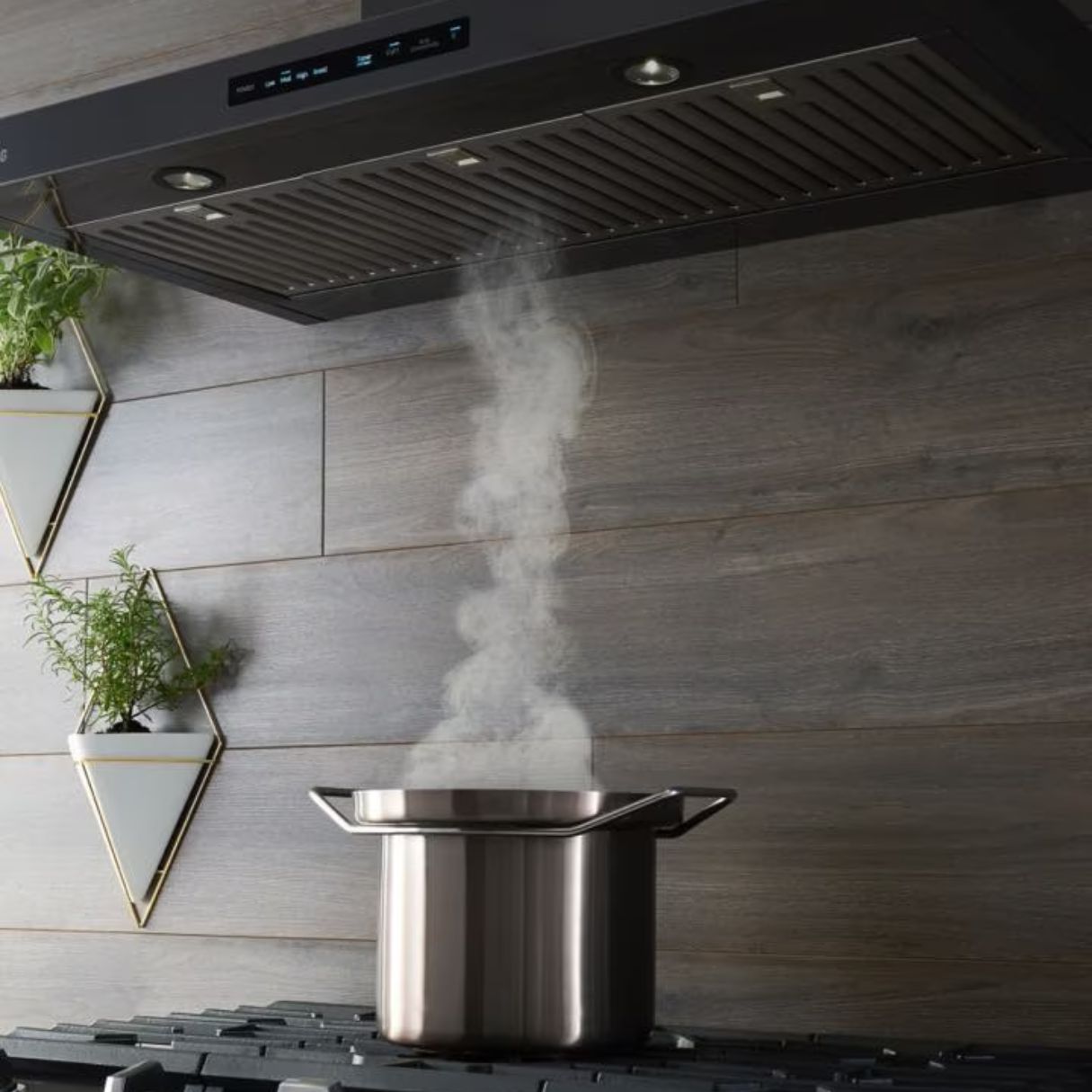

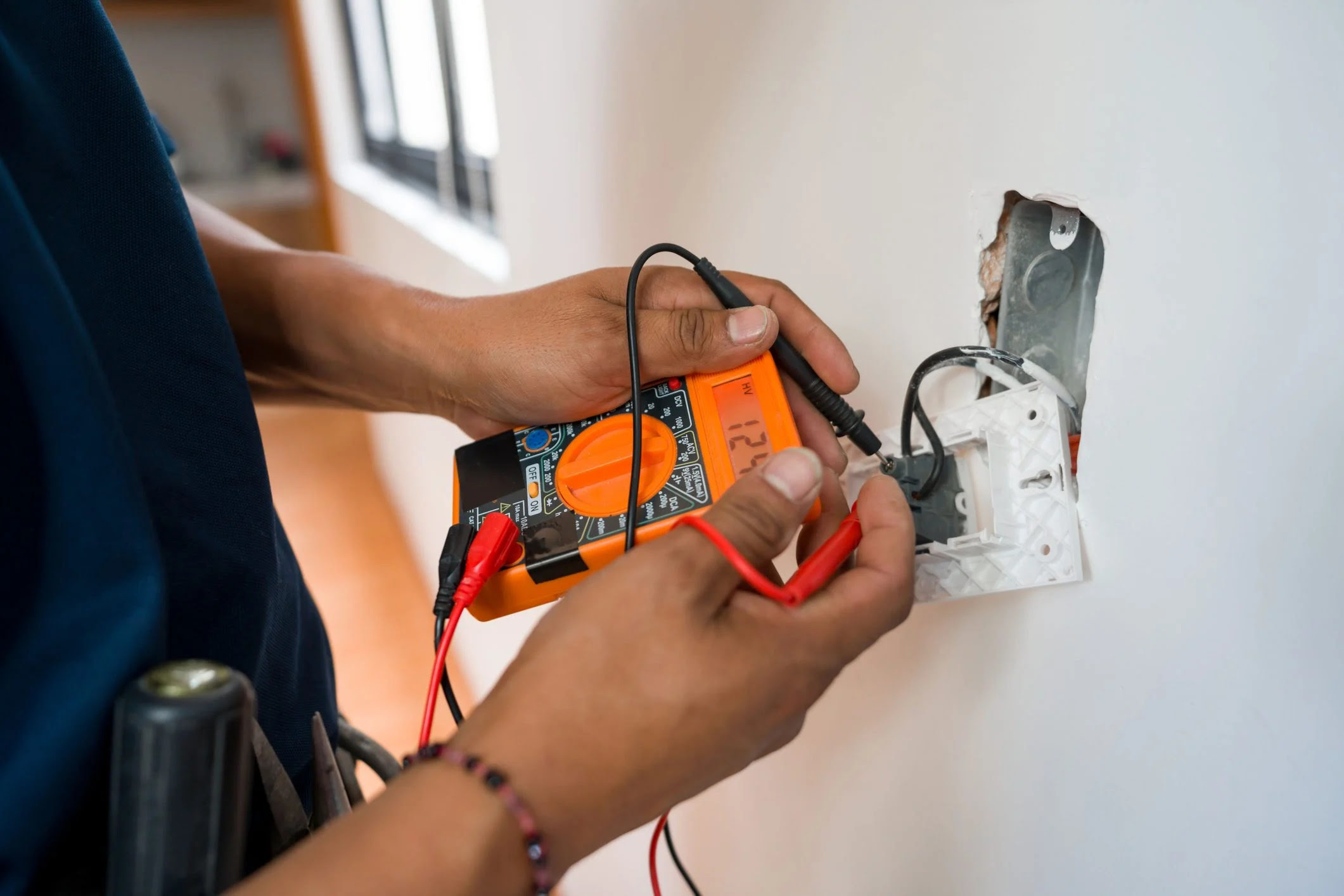
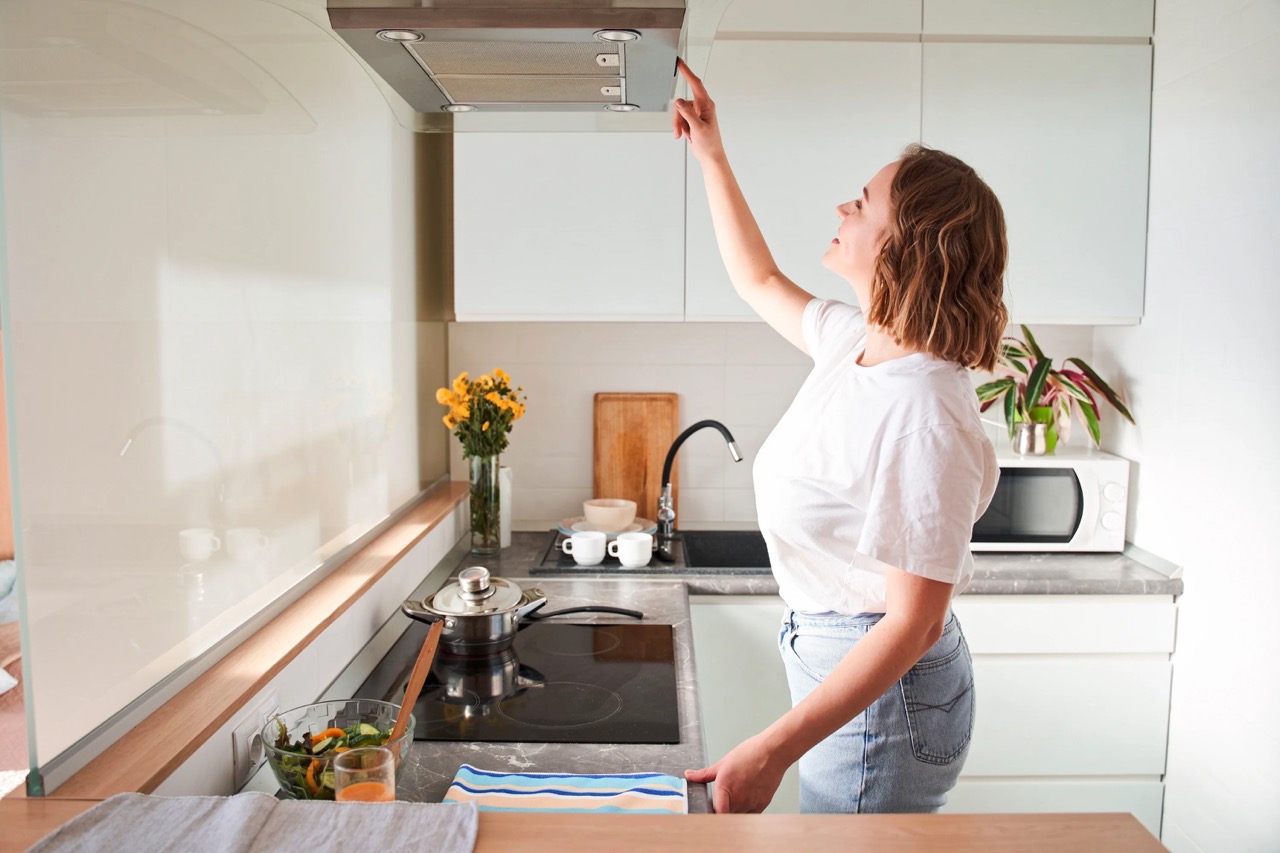
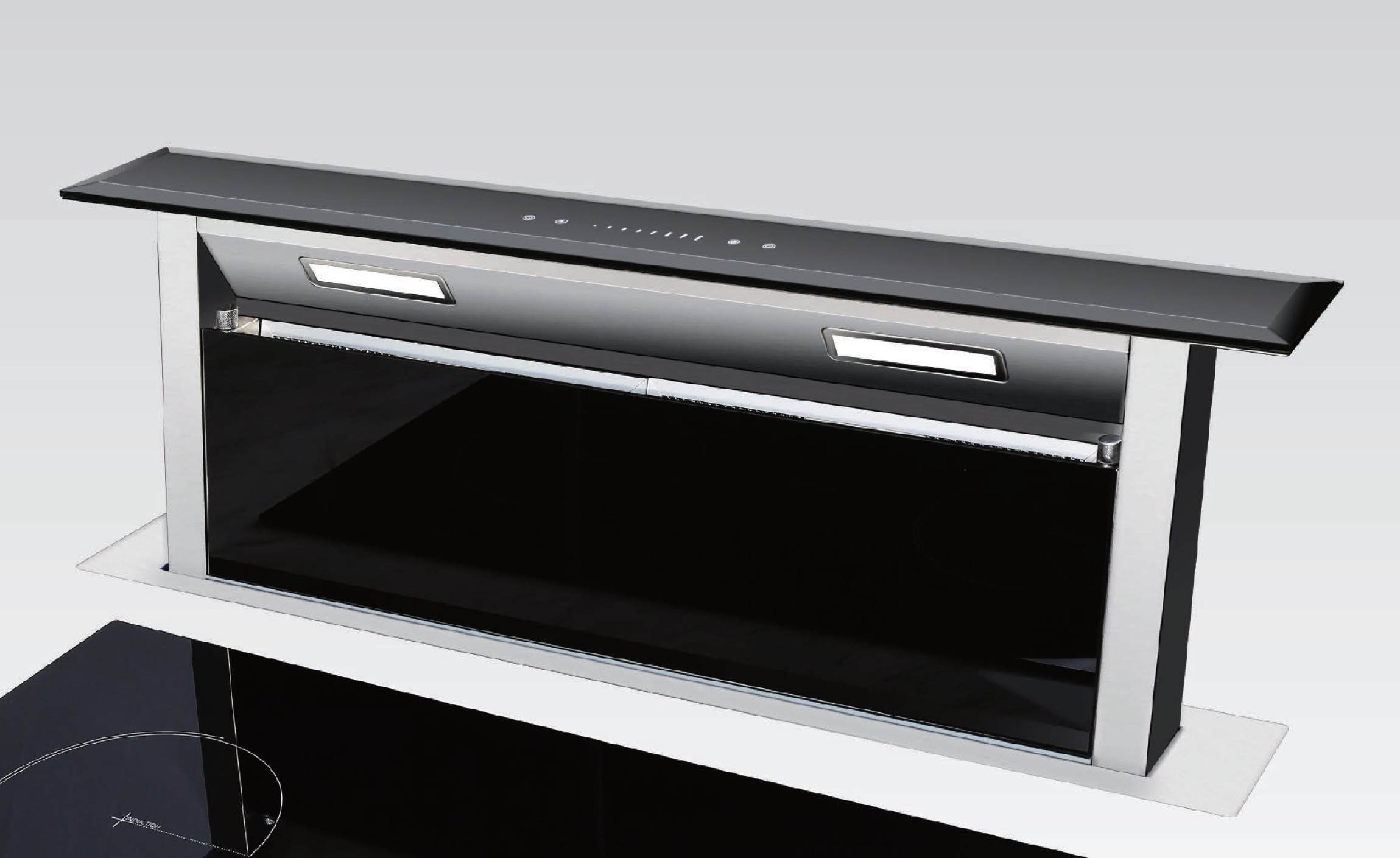
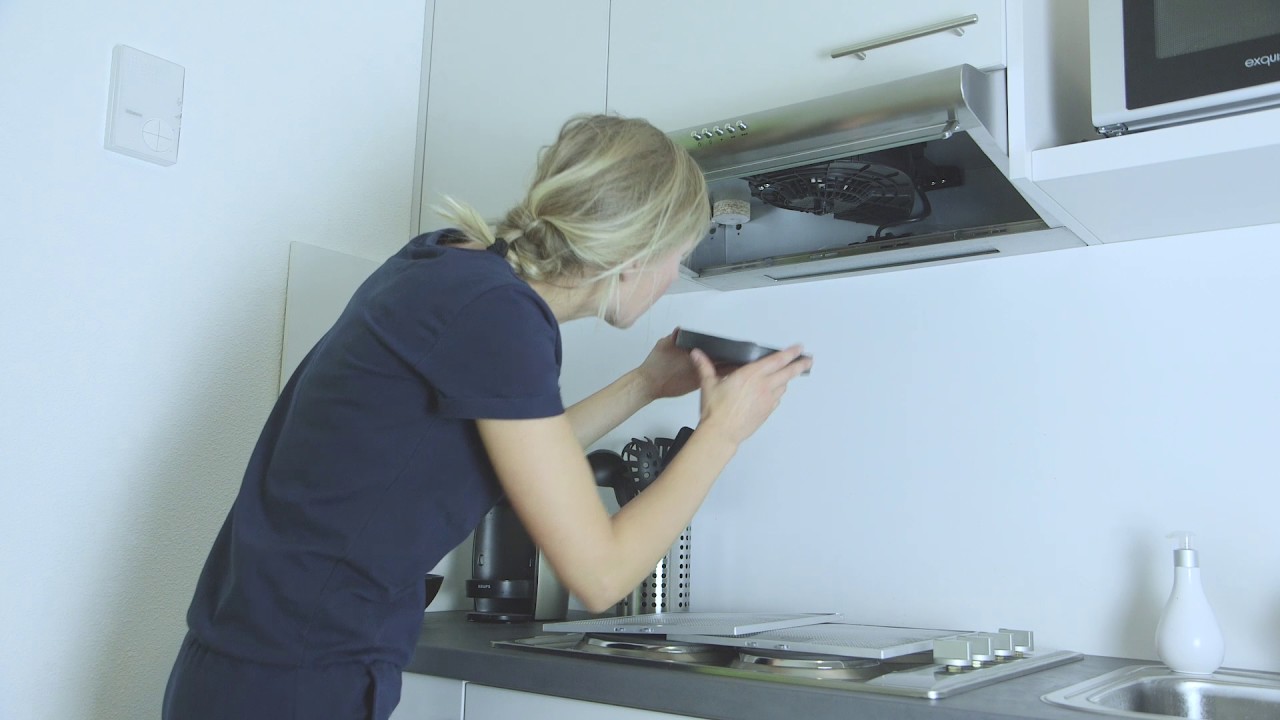
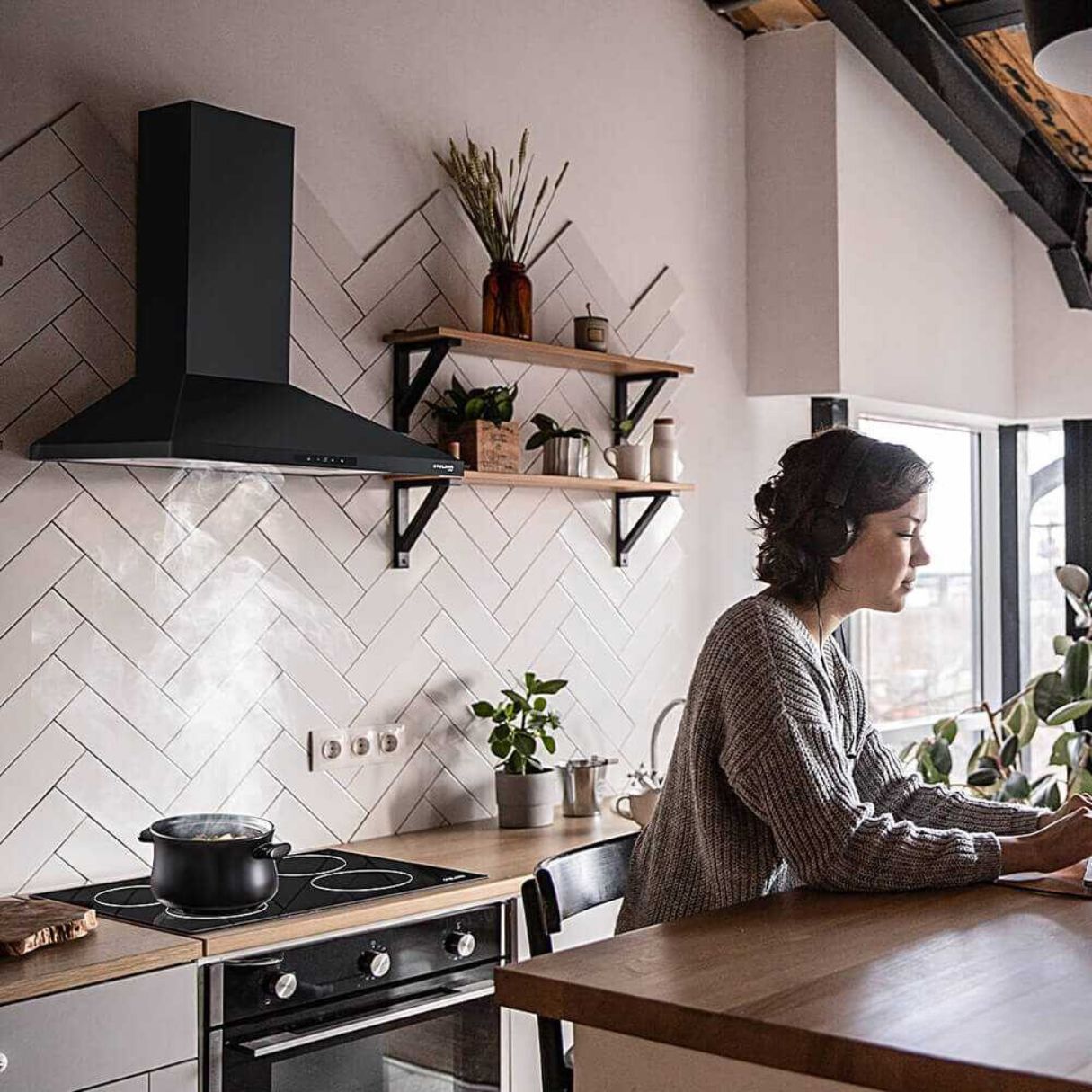
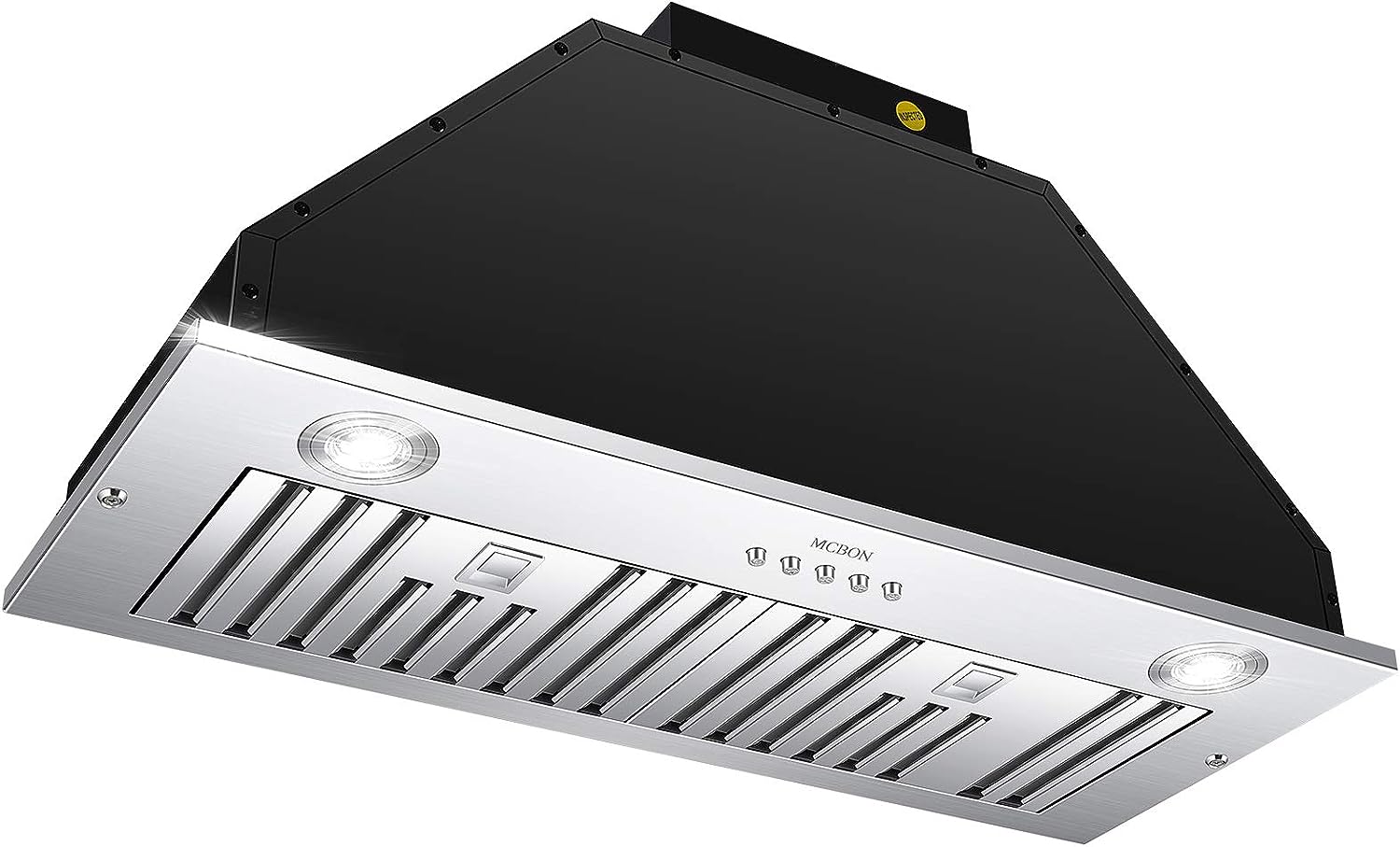
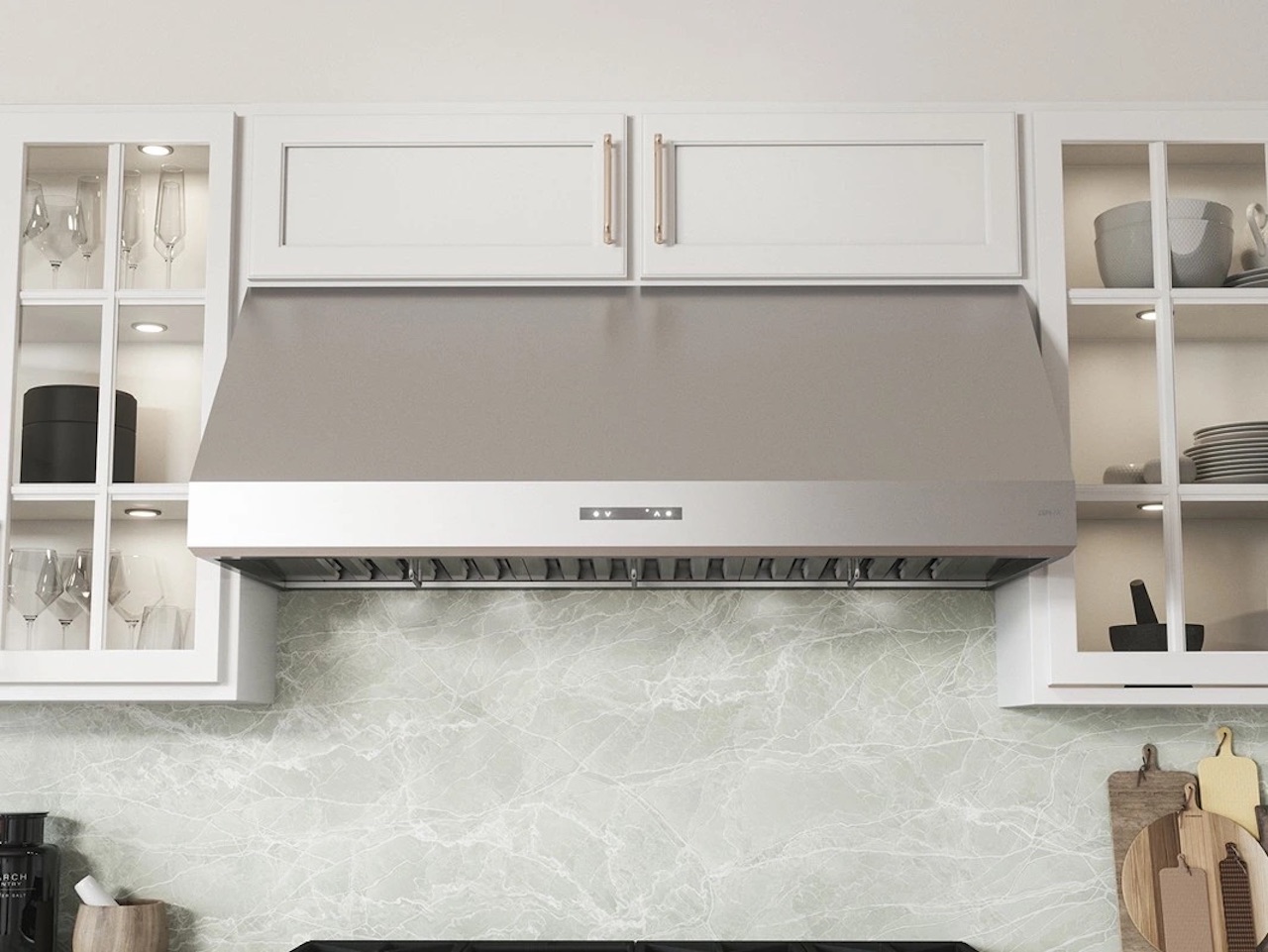
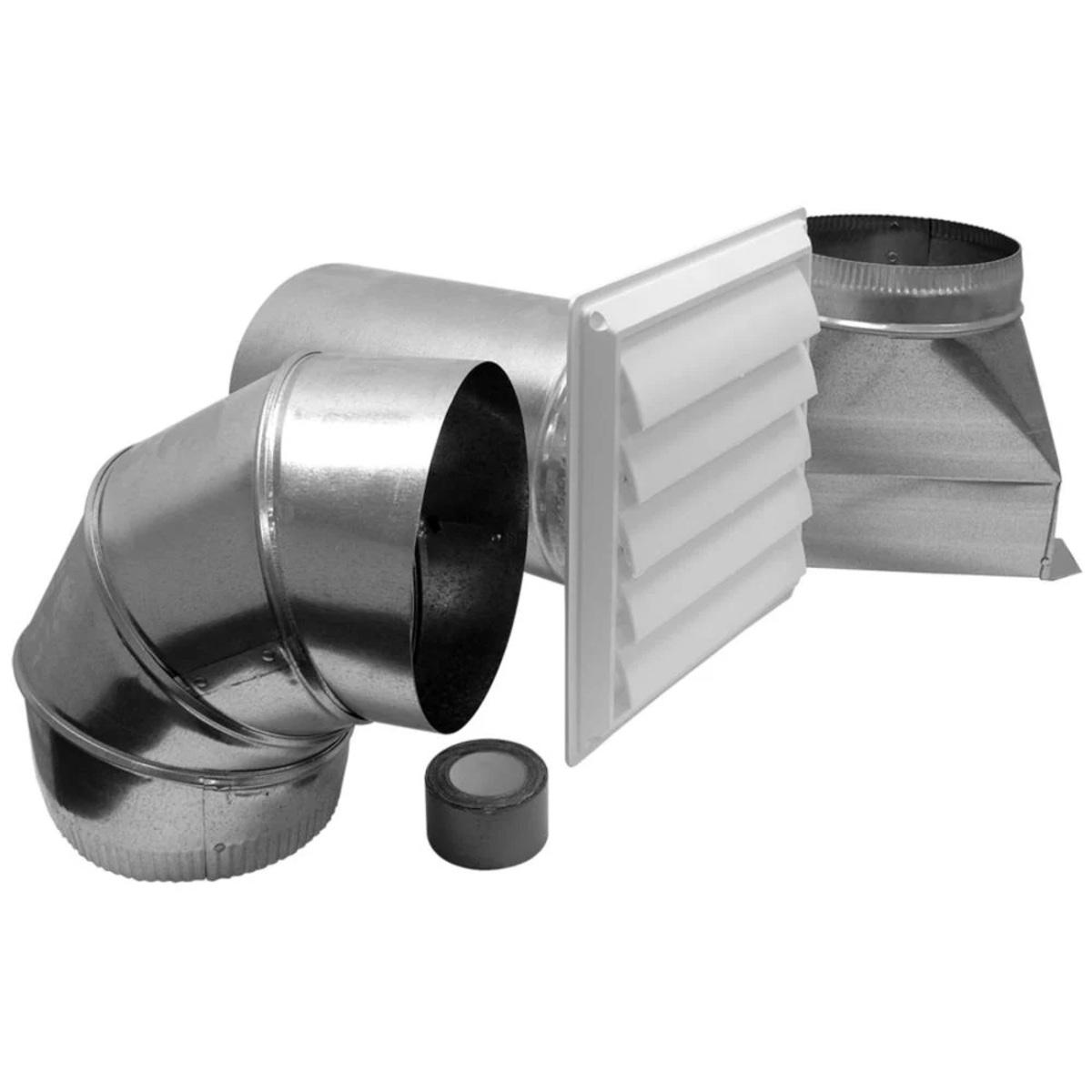

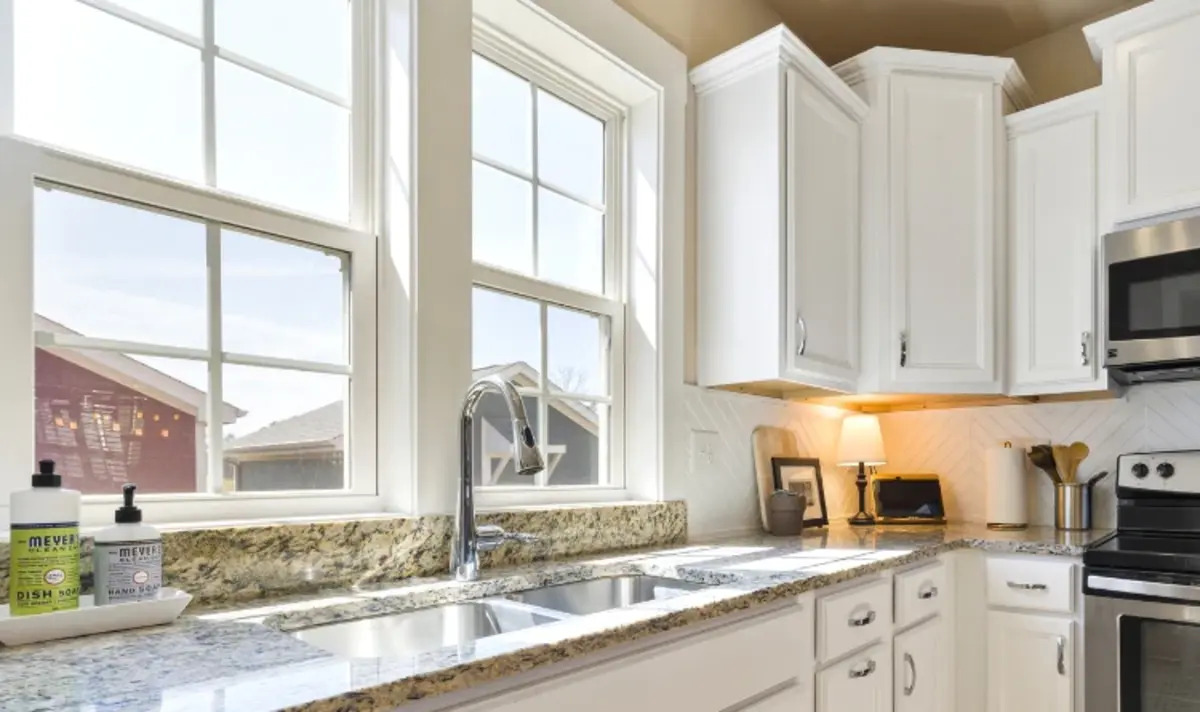
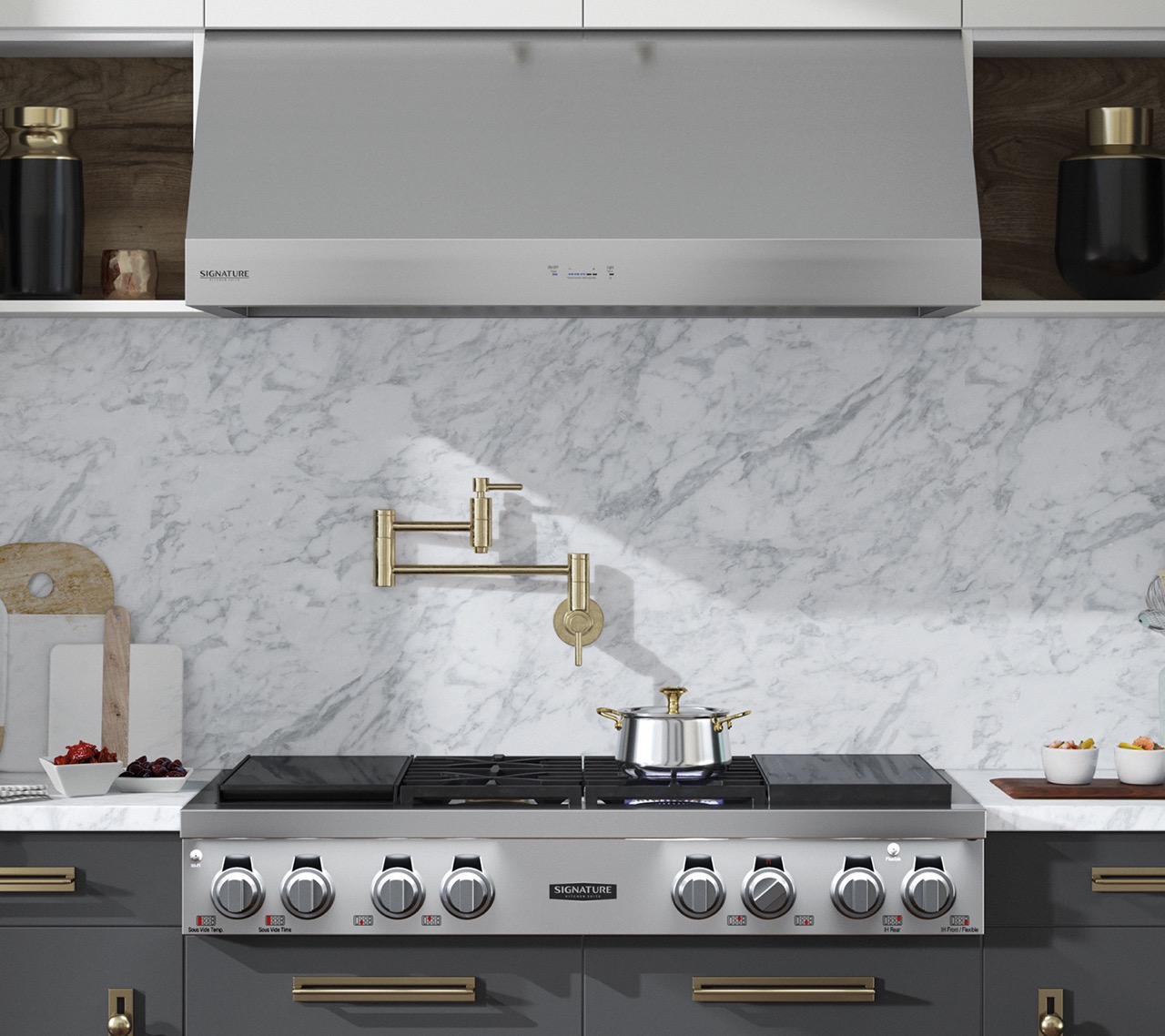
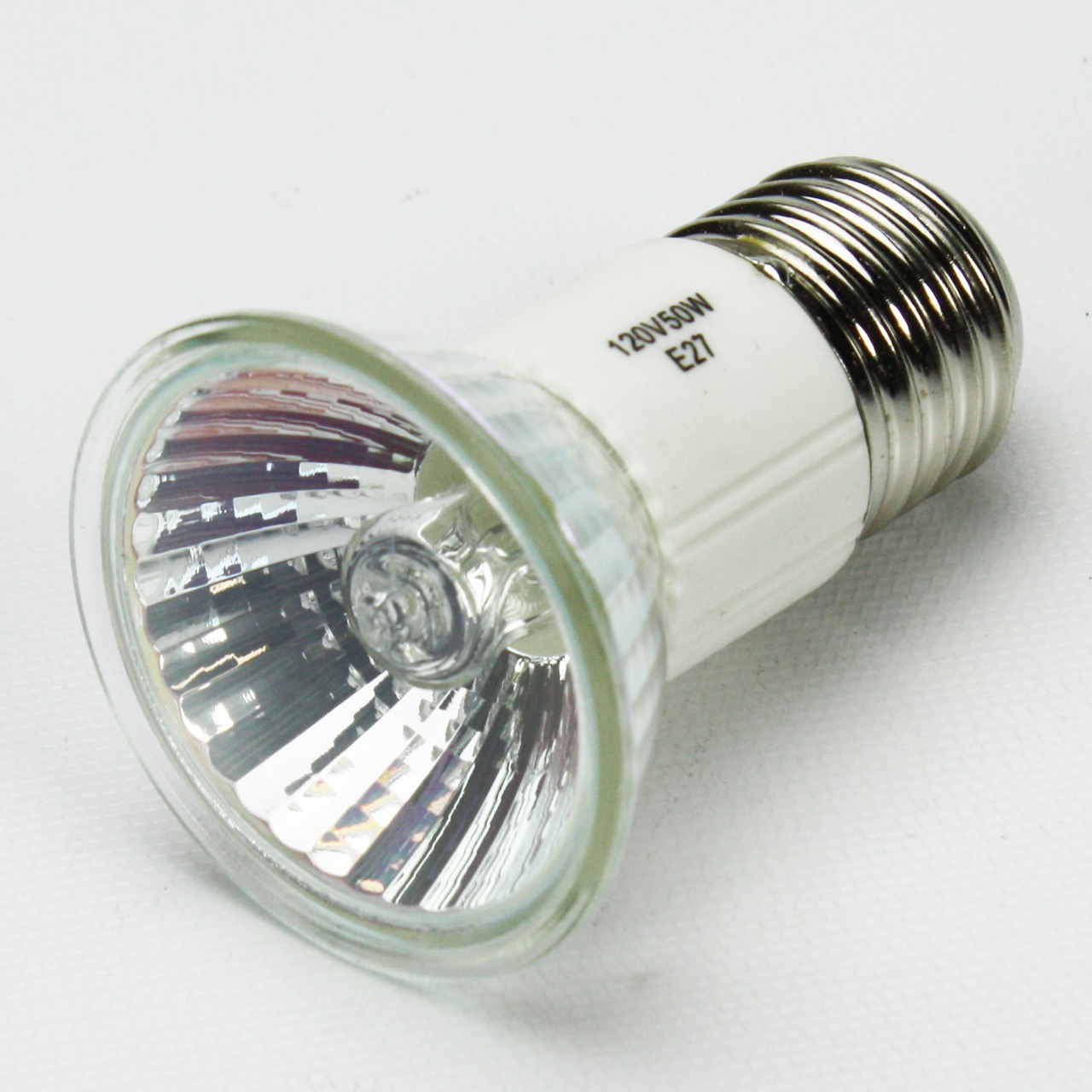

0 thoughts on “What Is A Continuous Ventilation System”